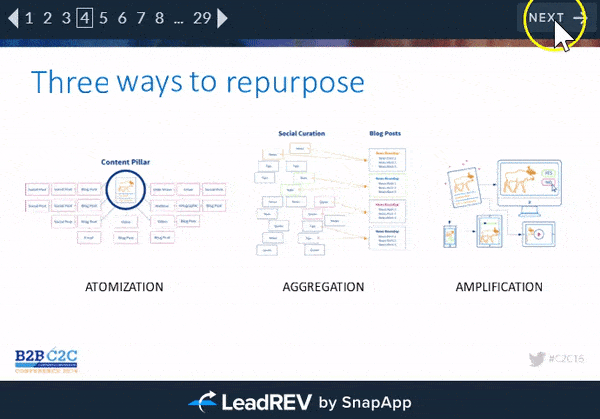Since when has 3 percent success been good?
If you were scoring 3 percent in school, you’d be considered a flunky. If you were only successful on 3 percent of your work projects, you’d get fired.
And yet, we settle for 3 percent day in and day out with our marketing efforts. Across various industries, 2.35 percent is considered a good, average rate. In fact, according to research from WordStream, an online advertising software company, anywhere from 3 percent to 10 percent is a healthy conversion rate.
However, this doesn’t mean that you should settle for 2 percent, 3 percent, 10 percent or anywhere in between. Ideally, you want to strive for hitting conversion rates in the top 10 percent, which means shooting for a conversion rate of 11.45 percent or higher. The sky is the limit…
So, how exactly do you do this? What are some new and engaging ways to boost your content marketing efforts that skyrocket conversion rates? We originally wrote and published this article in 2018, but things have obviously changed since then…
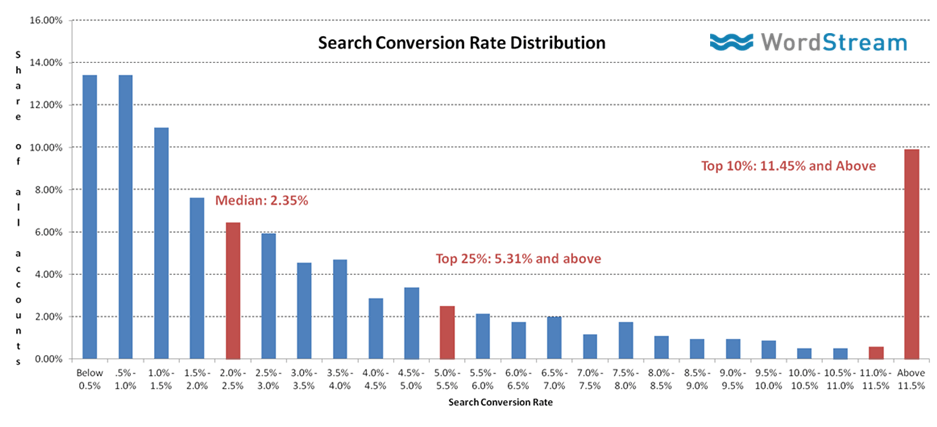
Why consider options other than the standard landing page?
Despite these disappointing success rates, marketers continue to do the same thing: drive people to a landing page and request the consumer’s contact information in exchange for something (a guide, white paper, case study, webinar, etc).
Don’t get me wrong. I’ve also been using “gated content” as a lead generation tool, and sadly, often only see a 3 percent or 4 percent conversion rate. However, this tactic is becoming less effective with time, as a few things are happening:
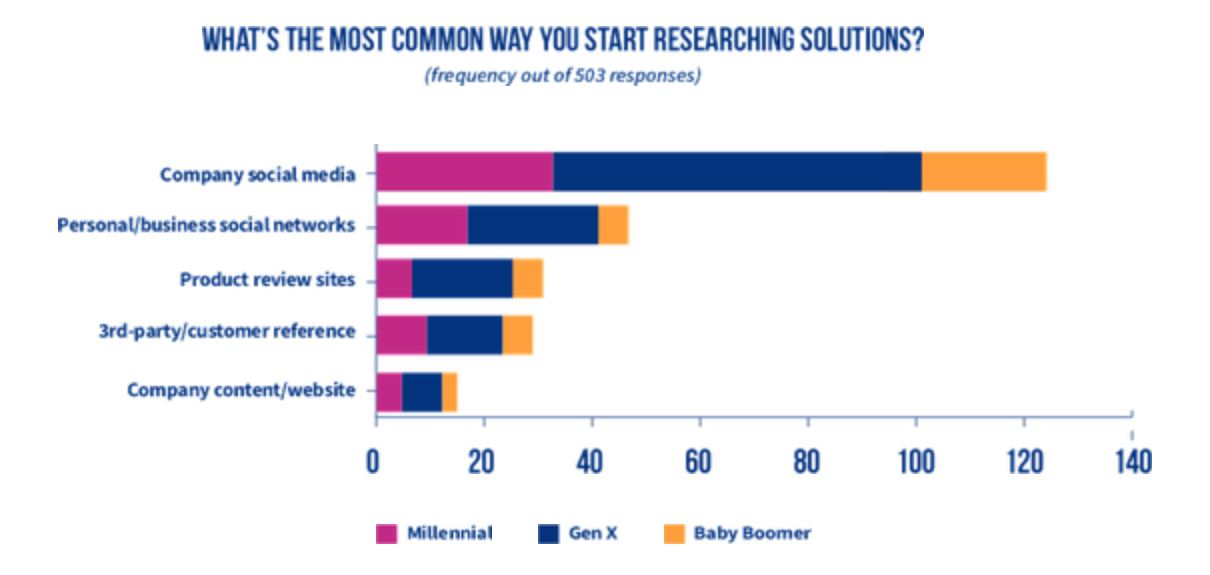
- Millennials are entering leadership positions left and right, and are starting to make more purchasing decisions. The graphic, compliments of SnapApp, shows that millennials generally turn to more relational channels (social media and personal referrals) instead of typical corporate websites (e.g., landing pages).
- Ten years ago, a well-built landing page was a thing of art, something most companies hadn’t yet cracked the nut on. These days, launching a well-optimized landing page is quick and easy. Tools that help with landing page creation are abundant and cheap. People are becoming more used to landing pages and have quickly learned that there is a super easy way to get through a landing page: give away your junk mail email (in case you actually need to check it) and provide a made-up phone number.
- In our environment, where people can more quickly find answers and get needed products more quickly, they tend to be less patient with filling in a landing page form and waiting for the content to be emailed to them.
What are the non-traditional options for content-gated lead generation?
1. Try a soft gate
A new visitor comes to your site, and so you really want to capture their email address in order to market to them. However, if they are a new visitor, they likely don’t have any trust in your brand yet.
We all know that one of the best ways to create trust in a brand is to have fantabulous content. I’m assuming that because you’re reading this ClearVoice blog you already know a thing or two about creating excellent content, and that you have that element covered.
Another way to create trust in a brand, however, is to give your site visitors the benefit of not having to fill in a form to get access to your content. This doesn’t mean you can’t ask, though. One of the newer techniques that has worked well for a few of my clients, is to use a top of page interstitial frame with a “sign up for updates” type call to action.
For this to be successful, though, and to ensure people aren’t bouncing off your page before viewing your content, it is imperative that you make the call to action obviously dismissible. As you can see from the below image, the SnapApp blog has an excellent call-to-action that is short, gives a true reason for signing up, and is very clearly communicating that the user can scroll down to dismiss this call to action.
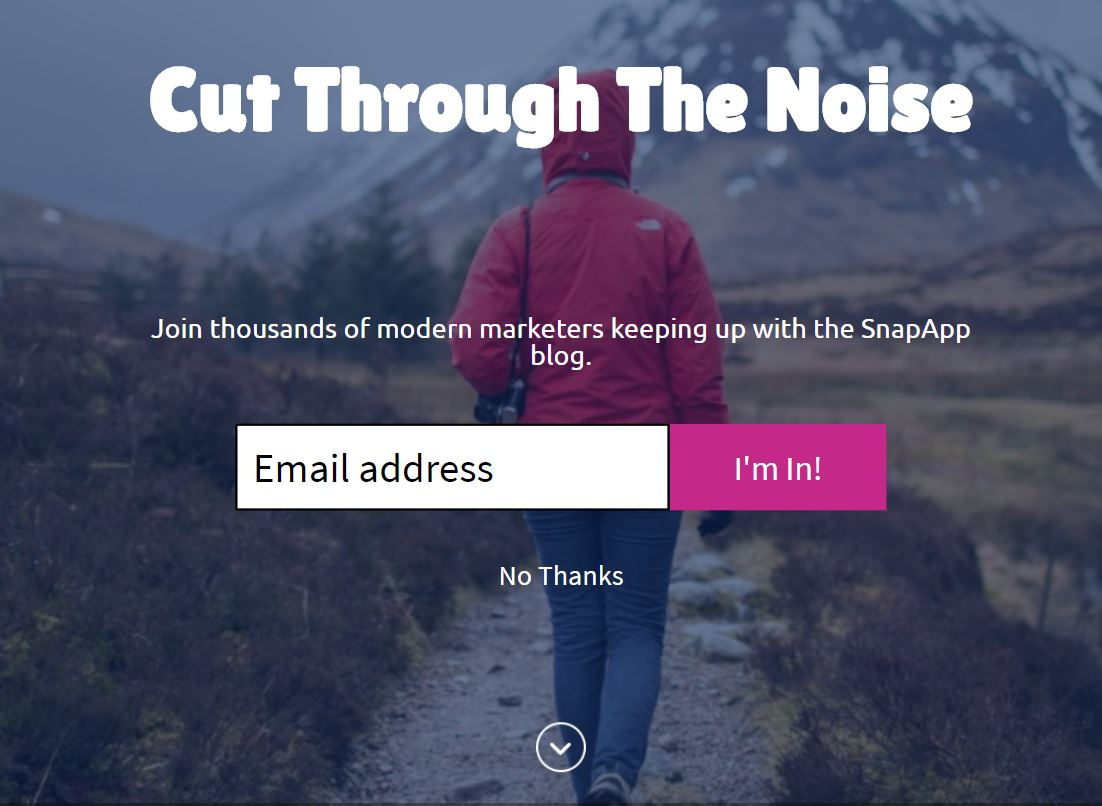
2. Reduce the perceived risk for visitors
Giving away information online isn’t as scary as it used to be, but it is still the main reason why so many landing pages are experiencing a mere 3 percent conversion rate. Here are some ideas on how you can “reduce the risk” in the eyes of your site visitor to better get their info.
As the above image makes apparent, sometimes it is best to only ask for one point of data. I know, if you were to go and talk to your salespeople and ask them what data points they need, they would give you a list of at least four or five different items. This is one time when you should push back on sales. Let them know that if someone provides just a single point of contact, such as an email, that you won’t qualify the lead yet, and won’t send it over to sales.
Getting only an email address may be enough to start some real lead nurturing and brand building with the consumer. If this data point alone isn’t enough (as I imagine is the case for most of you) then you can use progressive profiling. Profiling of any type sounds like a bad thing, but progressive profiling, in marketing speak, is not a bad thing.
Instead, with progressive profiling, you are telling your lead capture form to show a different field each time they come back. The first time you may ask for just an email address. The second time they come back, you ask for their name. The next time you request their phone number… et cetera.
If you are using a sophisticated marketing automation system like Marketo, HubSpot or Eloqua, you already have the ability to do progressive profiling. If you’re using a smaller CRM or email marketing system, then you may need to look at adding another martech tool to your stack to get progressive profiling functionality. JumpLead is one of the more affordable marketing tools that has progressive profiling as a primary function.
3. Give away some of the content up front
Instead of scaring a potential content consumer away with a lead form on a landing page, go ahead and give them the content upfront.
I know this may sound crazy, as you’ve likely spent a lot of time creating that content. However, gone are the days where content-gating is all or nothing. There are several content hosting engines and tools out there that allow you to share some of your content upfront and then show the gate later on after they’ve already consumed some of the content. Most of these tools, such as SnapApp, allow you to choose if the gate is mandatory or not.
I recommend you take two different approaches to the gates and the content:
- If the content is higher up the funnel — something that you think your potential buyers are coming across when they are just starting to investigate a purchase and aren’t ready to make any decisions yet — then you should give the content away for free and place the gate in the middle of the content. Also, make this gate optional, allowing the content consumer to close the gate and continue reading if they’d like.
- If the content is lower in the funnel, then you should try giving away the first half of the content and put a gate in that is mandatory. At this point, if the consumer likes the content you’ve provided and are seriously making purchase decisions, they’ll be more likely to give you their contact details in order to continue reading.
There are several content gating solutions that allow you to put a gate in the middle or near the end of the content. While there are a lot of content serving solutions out there, the only two (that I know of) that work well for sharing half the content before a gate, are SnapApp LeadREV, and Uberflip.
4. Try a social paywall
With 81 percent of Americans (not just adults) having a social media account, allowing your content consumers to “buy” your content by paying for it with a tweet, post, or other social engagement, is something you should evaluate.
The below video shows you how social paywalls work:
The ability to pay for content with a social post has been in existence for quite a while, but it has generally been limited in capacity. Most social paywall tools out there allowed you to only accept “payment” via tweet. Others only did Facebook posts.
These days, however, there are several tools that allow you to set up the tool once on your site and then accept social posting “payment” from your content consumers for any of the popular social networks.
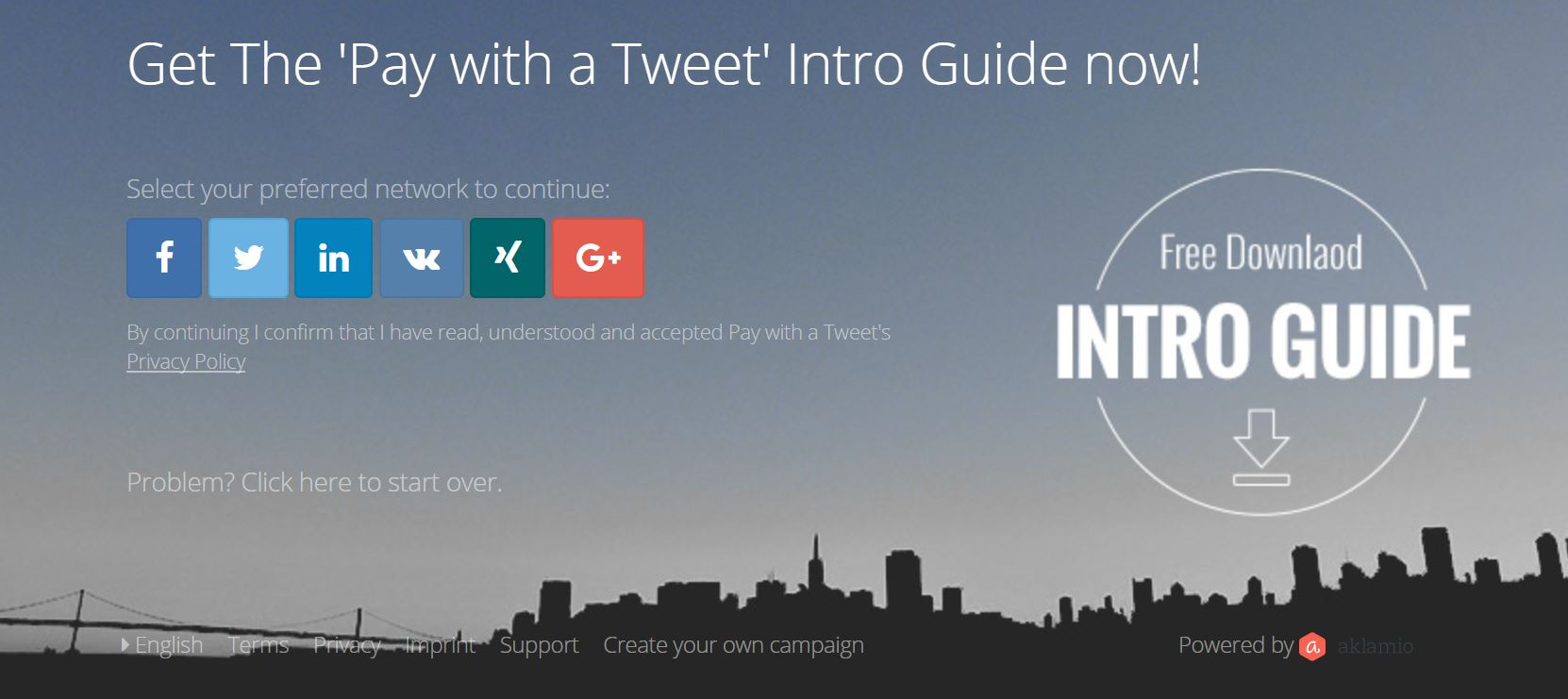
Social paywalls have been successfully used by huge and trusted brands such as Starbucks, Cisco, HubSpot and the BBC.
5. Use bots for your content gate
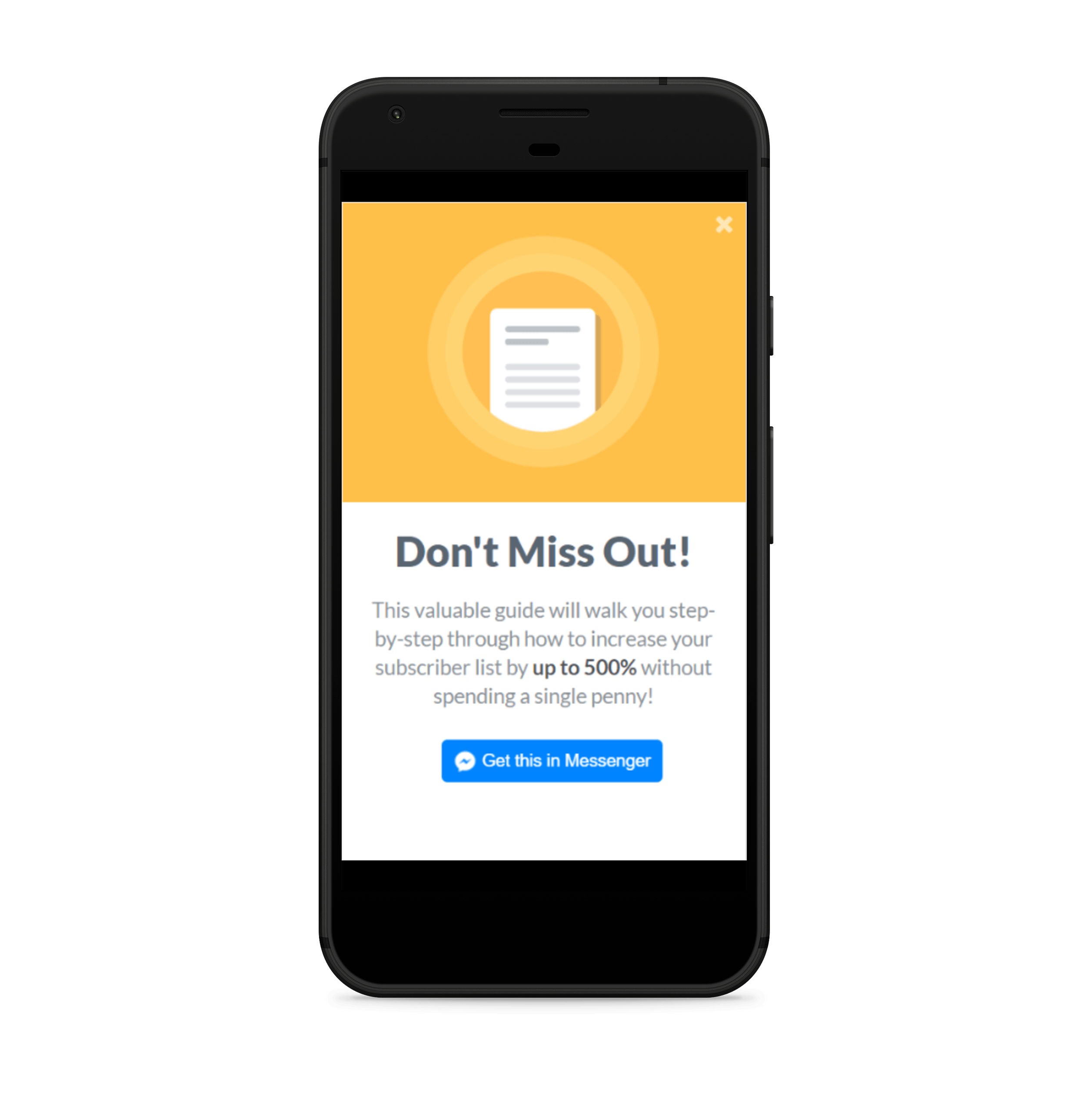
However, over time, many visitors, contacts and consumers have become more leery about providing businesses with their personal information out of fear of having their information mishandled, sold or receiving endless sales phone calls and spam emails. In fact, many businesses still ask for credit card information in their forms! Furthermore, the experience of filling out numerous fields in a contact form isn’t the same as it used to be.
All in all, many visitors hesitate filling out forms today. This means that businesses need to invest in — and adopt — new, innovative ways to interact with visitors and potential buyers and collect only the information they need while still preserving the buyer experience. Bots have allowed businesses to do this.
Among the many uses of chatbots for marketing, they allow you to collect info on your prospective customers in a more enjoyable way, as well as deliver the relevant content they are looking for in an automated and more consumer-friendly fashion. This also allows sales to follow up with prospects easily.
Think big and outside the traditional content box
In today’s dominant and highly competitive digital landscape, businesses can’t afford to settle for the standard 2 percent or 3 percent. After all, why settle for a low or “average” rate when you can shoot for higher conversion rates?
